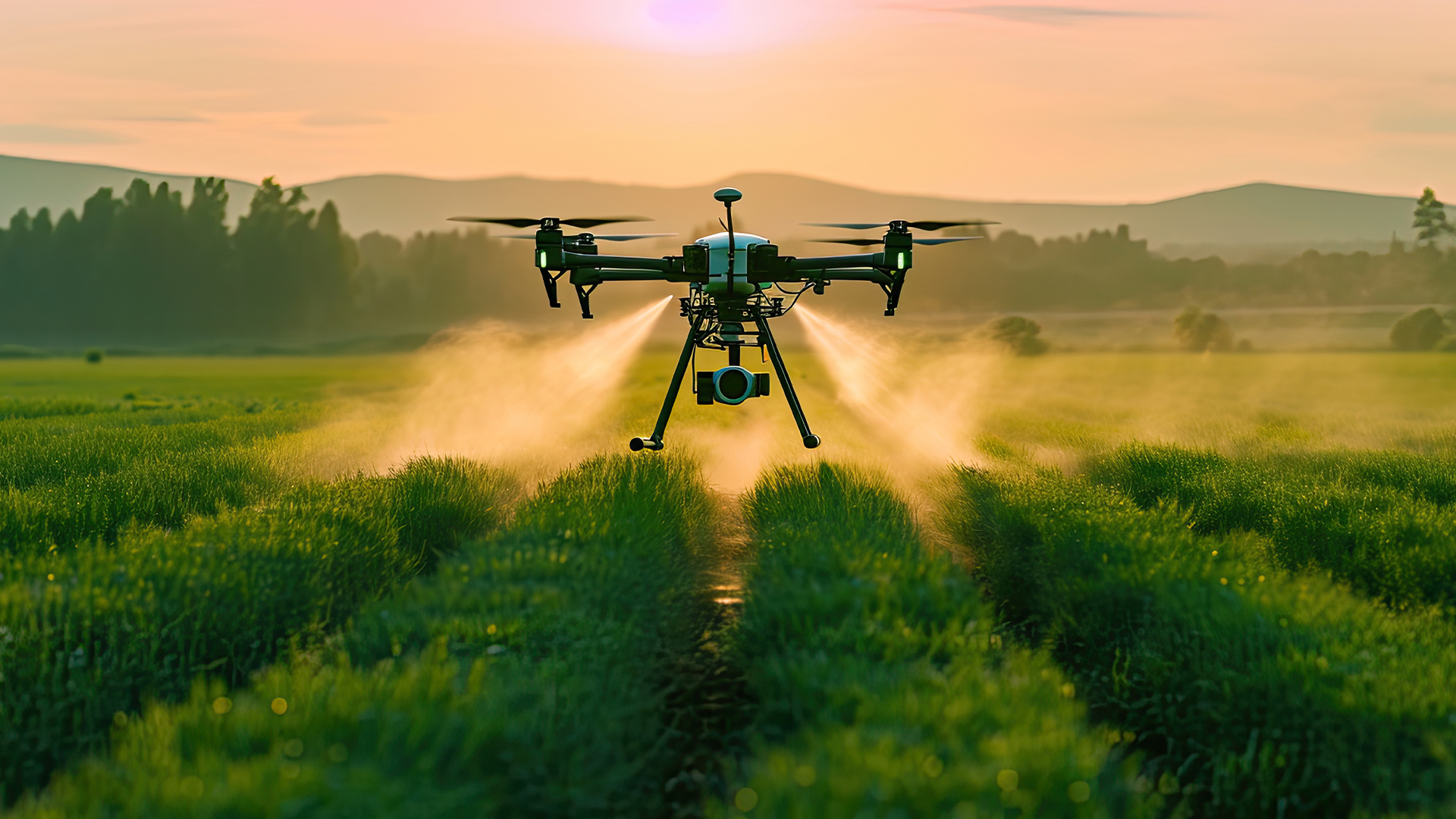In an effort to identify potential treatments for the growing number of diseases and syndromes recognized today, pharmaceutical companies and academic research facilities must perform multiple rounds of research and clinical testing. During this process, thousands of samples are tested to identify which compounds affect the various pathways of a disease in order to treat or eliminate it. Performing all of these tests individually or by hand would take an extremely long time, slowing research and delaying timely access to new therapies.
High-Throughput Screening
Luckily, high-throughput screening allows researchers to test assays of up to 6,144 samples at a time. The ability to test tens of thousands of samples in a day drastically decreases the time required for testing. In addition, the use of robotics can help speed testing time and limit errors typically made by humans.
Traditionally, high-throughput screening has occurred in many places throughout the world. Pharmaceutical companies typically maintain several research and development sites, ready to conduct large quantities of high-throughput studies that are unique to the products developed at their facilities. Similarly, private and university-owned research institutions often perform high-throughput screening on a smaller scale or send samples to one of the many pharmaceutical sites nearby.
A Changing Landscape
Recently, however, the landscape of high-throughput screening has changed significantly for both pharmaceutical and academic facilities. Interestingly enough, while pharmaceutical companies are reducing the number of sites used to perform large-scale screening, academic facilities are increasing their efforts in this area. For a more thorough look at these changes, consider these key points:
- Multiple large pharma companies are closing worldwide screening facilities. Formerly, major pharma companies held multiple screening facilities in the UK, Europe, the US, and Asia. Since 2010, three major pharmaceutical companies – Glaxo-Smith-Kline, Pfizer, and AstraZeneca – have shuttered high-throughput screening facilities in the UK and Europe. In fact, only AstraZeneca still maintains a research facility in the UK at all after closing three of its four centers.
- Many pharmaceutical companies are choosing to concentrate high-throughput screening in fewer facilities in order to lower costs. Holding libraries of data and screening assays within a single site reduces the cash flow necessary to maintain multiple sites around the world.
- Academic sites continue to increase in number. Contrary to the trend seen in pharmaceutical sites, academic screening sites are actually increasing in number. These facilities are typically much smaller than the large sites found in pharmaceutical companies but represent a significant wealth of data regarding disease target biology.
- Open innovation programs allow collaboration between both. While pharma companies hold large amounts of information regarding past research, newer diseases often require access to the disease target biology information found by academic sites. Currently, many pharmaceutical companies provide innovative programs that allow companies and academic researchers to work together and access expertise from both sides of the research spectrum.
Looking Ahead
As
pharmaceutical companies continue to consolidate and expand research at single
high-throughput screening sites, and academic sites continue to increase in
number, the opportunities for additional research have increased as well. With
the nature of high-throughput screening, the researcher’s ability to examine
multiple pathways to treating disease is practically limitless. The willingness
that both academic and pharmaceutical screening sites have shown to work
together enables researchers to reach for a far greater potential than
previously thought possible.
Sources:

















